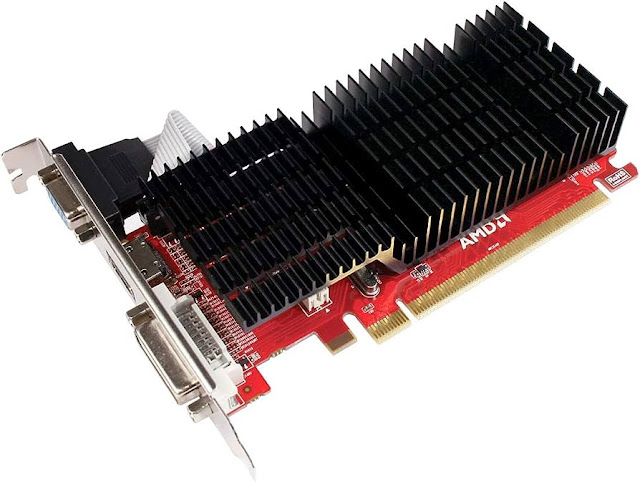Setting up RetroArch in FreeBSD
RetroArch is the great application for enjoying most of retro titles ranging from NES, Sega Genesis, Sony PlayStation and etc. You don't need such high-end powerful PC to enjoy it, just a PC with decent enough specifications to run it. In this guide I will show you on how to setup RetroArch properly with simple steps:
1. Install Libretro core info packages
$ pkg install libretro-core-info
NOTE: The libretro-core-info package is important to allow the RetroArch to detect the content according to the core and thus enabling to launch it. Without it, it just simply displaying "No Cores" despite installing the right core for the game content.
To install it from ports, navigate to its directory and perform install
$ pkg install v4l_compat
$ cd /usr/ports/games/retroarch && make install
NOTE: Ports version have an options for Pulseaudio backend while standard pre-build packages doesn't. If you're encountering no sound issues, try to installing this port version instead. Also, v4l_compat package is required to install RetroArch from ports collection.
2. Install the libretro cores from ports
It is best to install the libretro cores from ports collection as some of the libretro cores doesn't come in usual pkg file so you will need to compile it from the ports directory and it is usually located at /usr/port.
For installing Nintendo 64 core (paralleln64)
$ cd /usr/ports/games/libretro-paralleln64 && make install
For installing Sony PlayStation core (pcsx_rearmed)
$ cd /usr/ports/games/libretro-pcsx_rearmed && make install
To installing all of libretro cores:
$ cd /usr/ports/games/libretro && make install
For installing other cores, look for other libretro-[emulator] directory in /usr/ports/games
3. Configuring RetroArch
To configure input, go to Settings > Drivers > Controllers and select SDL2 if you have Sony DS4 or DualSense Controller etc. and if you are using videogame console controllers, no need to set up the button mappings as it was pre-configured.
If you're using PC-only controller (including those Logitech F710 "submarine" controller), you may need to map the controller by go to Settings > Input > Port 1 Controls. Other controller settings may need to refer its official RetroArch guide.
To configure the audio, go to Settings > Audio > Output > Audio and select pulse. This will allow seamlessly audio configuration.
By default, RetroArch uses OpenGL as default rendering mode for running the emulation. To change it, go to Settings > Drivers > Video and select other types of rendering mode eg. Vulkan if you have a capable GPU card.
For certain cores that needs some assets or BIOS files eg. PPSSPP and PCSX_ReARMed or any equivalent cores, you will need to place something inside /home/[username]/.config/retroarch/system directory.
If you're using PPSSPP, you will need to import the assets from PPSSPP folder:
$ cp -R [ppsspp-directory]/assets ~/.config/retroarch/system/PPSSPP
If you're using PCSX_ReARMed, you will need to place its specific bios files in the ~/.config/retroarch/system. List of PSX BIOS files that you will need to put into:
- scph101.bin
- scph7001.bin
- scph5501.bin
- scph1001.bin
- PSXONPSP660.bin
For other cores information and known issues, please refer to the Libretro core documentation site.
4. Launching the game
To launch the game, load the core first by go to Load Core and select the emulator core that you want to launch and then navigate the content by go to Load Content and search for the content that you want to play.
Alternatively, you can just load the game content directly and retroarch will let to choose the suitable core automatically.



Comments
Post a Comment